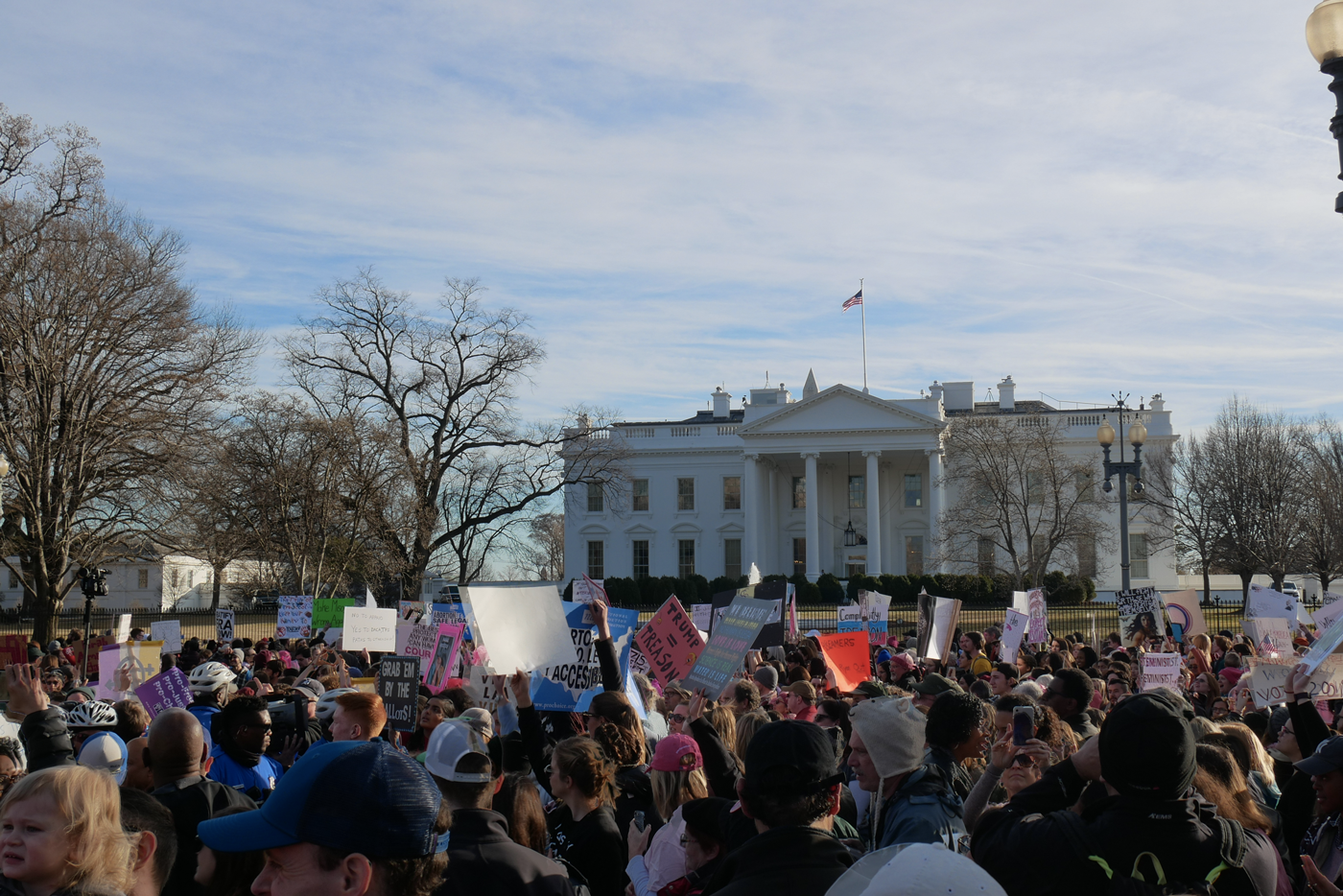
On January, 20, 2018, one year after Donald Trump was sworn in, thousands took to the streets of Washington, DC, to protest his presidency during the 2018 Women’s March © Michael Maccabez
Ever since Donald Trump was elected President of the United States of America, observers, political adversaries and supporters geared up for the midterm elections, the first nationwide electoral test for Donald Trump. William McComish breaks down the stakes of those elections for Democrats and Republicans in Congress.
On November 6, 2018, the United States will be holding its first major electoral event since the election of Donald Trump in 2016. The 2018 midterms concern the federal legislative branch: the entire House of Representatives and 35 seats in the Senate are to be filled by voters. There are also elections to be held in a number of states: 36 governor seats are on the ballot, as well as 87 (out of a total of 99) state legislative chambers i.e. 6070 seats.
It is easy to consider the President of the United States as a unique indicator of the balance of power in American politics, however, given the separation of powers built into the US Constitution, legislative elections are extremely important. Indeed Congress is endowed with the power of writing new laws, has the power to run investigations via committees and, in the case of the Senate, the power of advice and consent.
There is a dimension to the upcoming midterms that holds special relevance to the House of Representatives but is played out at the level of the states. In 2020, as is done every ten years, a census of the American population will be conducted that will lead to redistricting. The results of the census, i.e. the relative changes of population numbers between different states, will determine the number of congressional districts each state receives; each of these districts corresponds to one seat in the House. Given the relative variations in population growth in the last 10 years, some states are set to gain or lose some representatives. The states have no control over the number of seats they receive, because the level of their population determines that. Where states do have crucial control however, is the manner in which the boundaries of the districts get drawn. A Republican legislature can be expected to draw districts that will ensure Republican majorities and likewise for Democrats. This could heavily influence partisan control in the House of Representatives for the next decade. Partisan control of state legislatures, most of which will be determined in the 2018 elections, is thus crucial to the House.
Democrats: the Midterms as a Test for Progressives
The stunning defeat of Hillary Clinton in the 2016 presidential election has prompted a lot of soul searching within the Democratic Party. Even if Democratic elites are keen to explain Hillary’s loss to Trump by referring to Russian influence, to an untimely intervention by then FBI director James Comey or perhaps to the basic misogynistic instincts of American voters, the question remains: why were voters not convinced by a centrist Democrat and chose a xenophobic populist instead?
The existence of a growing split between the party’s centrist and left wings became apparent during the 2016 Democratic primaries and the drawn-out struggle between Hillary Clinton and Bernie Sanders. Hillary’s platform was ideologically close to Obama’s and can be considered relatively progressive, at least in comparison to the Republicans, but there is a current that is demanding more from the Democratic Party. Policy demands on the left do not seem particularly radical when seen from Europe, but they would represent a major shift in the role of the US Federal Government: universal health care, free college, higher minimum wages and limiting the influence of big corporations and major financial interests on US elections are key issues.
This newly energized left wing has managed a few upsets in the primaries ahead of the November 6 elections. One of those upsets was Alexandria Ocasio Cortez’ victory in a House primary in a New York district against Joe Crowley, an establishment Democrat. Cortez ran on a platform that is comparable to Bernie Sanders’. She represents the youth (she is 27), the diversity (she is of Puerto-Rican descent) and energy that characterizes these Democrats who believe that centrism lead us to Donald Trump and that the party can only win by proposing a bold progressive agenda. The surprising victory of Andrew Gillum in the Democratic primary for governor in Florida is another example of the emergence of the left.
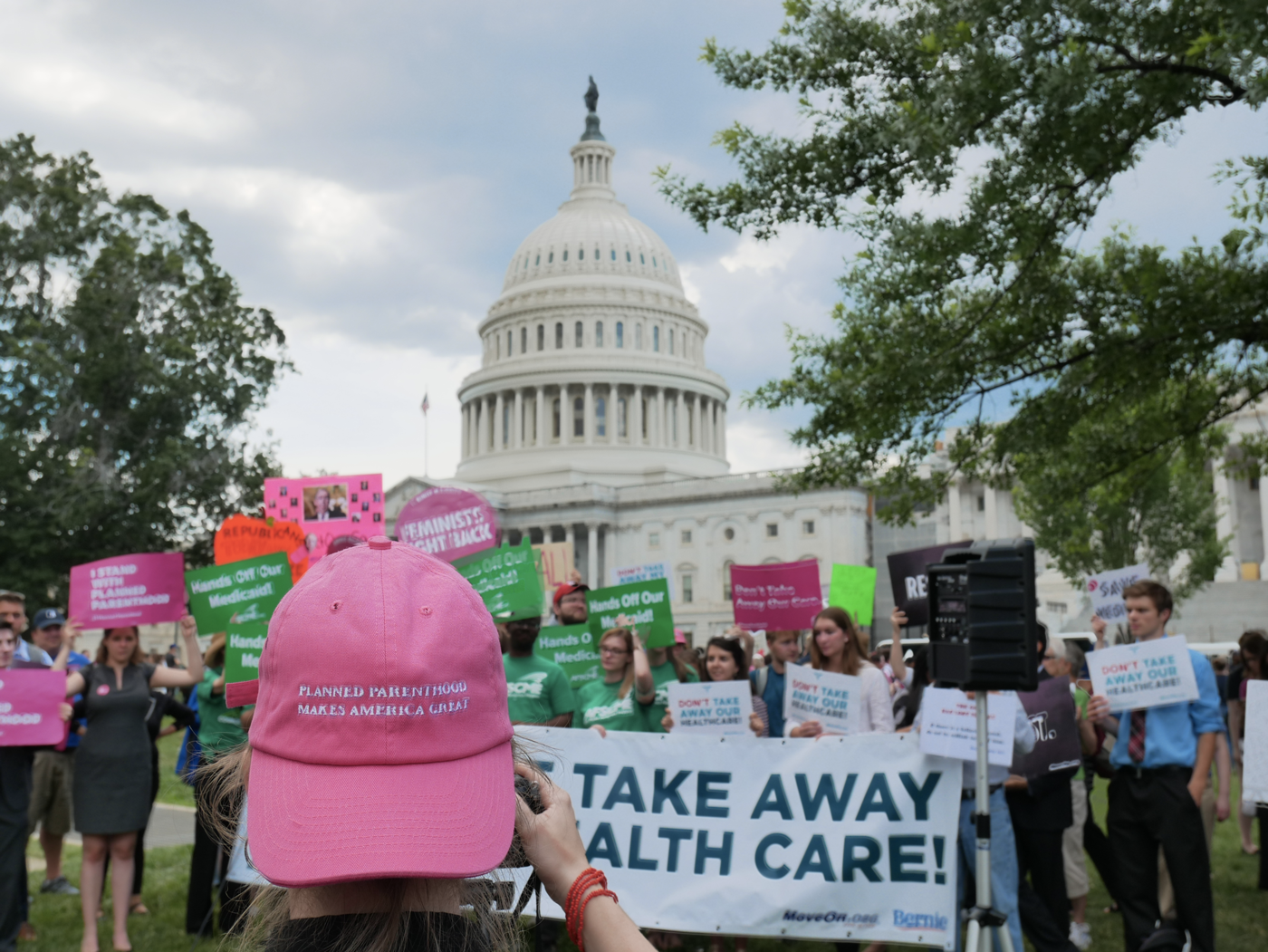
Alexandria Ocasio Cortez and Andrew Gillum each defeated candidates that represented the establishment, but they are nonetheless running as Democrats, not as independents. There is a feeling that the party has to reform rather than split. The rhetoric is not as heated as it could be, Cortez acknowledged that she does not speak for the entire party: “I’m not trying to impose an ideology on all several hundred members of Congress”. Likewise Andrew Gillum declared: “We’re showing that we can bring together the Bernie Sanders wing of the party and the Hillary Clinton wing of the party”.
What might explain the alliance between various brands of Democrats is the ideological gulf that separates them from Trump’s Republican Party, thus they will probably stick together for the time being. It could be that the optimistic polls that seem to indicate a Democratic victory, at least in the House, are keeping the peace. In addition, there have been signs of a shift of the party towards more progressive policies; this might help explain why there has not been a major feud. Prominent Democratic Senators, and potential presidential candidates such as Cory Booker, Kirsten Gillibrand and Kamala Harris have come out in defense of universal healthcare, and have been refusing the financial assistance of major corporations via so-called Super PACs1. Bernie Sanders openly refused such donations in his 2016 campaign, unlike Hillary Clinton. Gillibrand, Booker and Harris made their rejection of such funding very public. Thus some of Bernie Sanders’ ideas and practices are gaining traction with prominent Democrats. Should voters favor this new, more progressive wing in the midterms, the Democratic Party will certainly embrace more of their demands in the future.
GOP: A Test for Trump’s Influence
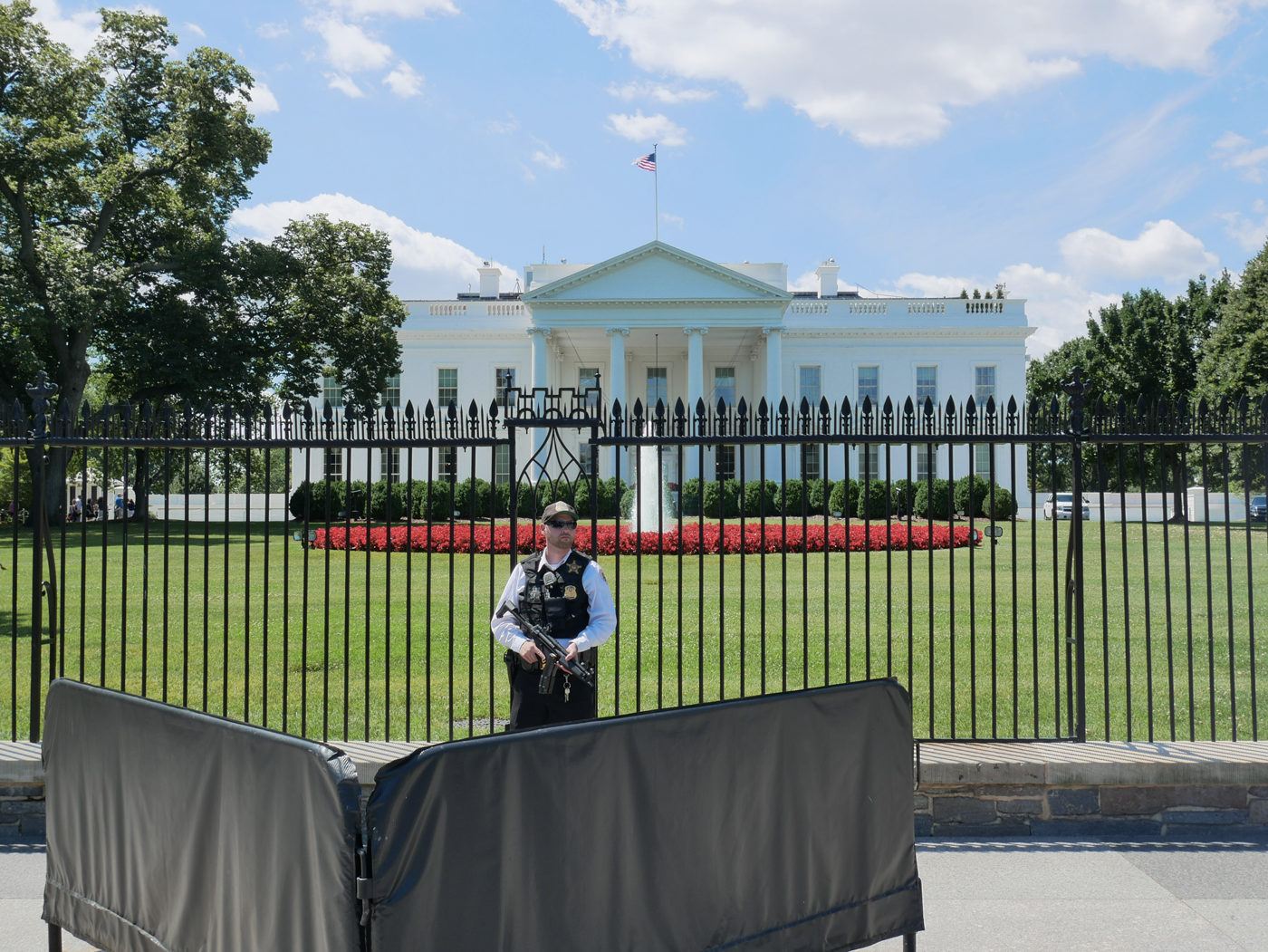
The Republican Party is at its most powerful in 80 years: it controls both chambers of Congress, the Presidency and the majority of Justices on the Supreme Court are conservative. However there is a split within the party between the establishment and a more radical wing. Former presidential candidates such as John McCain and Mitt Romney represented traditional conservative values such as fiscal conservatism and an ideological commitment to free trade. But the movement that began in 2008 as the Tea Party, and ended up with the election of Donald Trump does not show an attachment to such values; it is much more nationalistic, rejects the current international order and wants an aggressive approach to immigration. Trump’s base represents one of the most powerful forces in American politics: it gave the president his victory in the 2016 GOP2 presidential primaries against establishment candidates. Unlike the Democratic Party, the radical wing seems to have taken over the GOP; indeed the president is very popular within the Republican Party with an approval rate of close to 90%.
The energy of Trump supporters has bearings on the 2018 elections; indeed the president has had a new opportunity to continue to reshape the Republican Party to his image. This has been apparent during the GOP primaries for the midterms, Trump’s endorsement of individual candidates has shown to be enough to make them rise in the polls and win nominations. The nomination of Trump-like candidates and the silencing of his critics within the Republican Party, however, carry the risk that this radicalization of the party around a populist agenda will not be acceptable to independent voters in November. This contrast between radical Trump supporters on the one hand and the general public on the other will be one factor to watch, not only with regards to the midterms but also to the campaign for the presidency in 2020. Indeed, should a Trump-like GOP suffer a big loss in the upcoming midterms, the party will be seriously weakened ahead of the next presidential election. Perception of weakness is probably one of the biggest threats to a populist like Trump, whose entire political persona is focused on bombastic and outrageous attitudes.
The House of Representatives: Laws, Committees and Impeachment
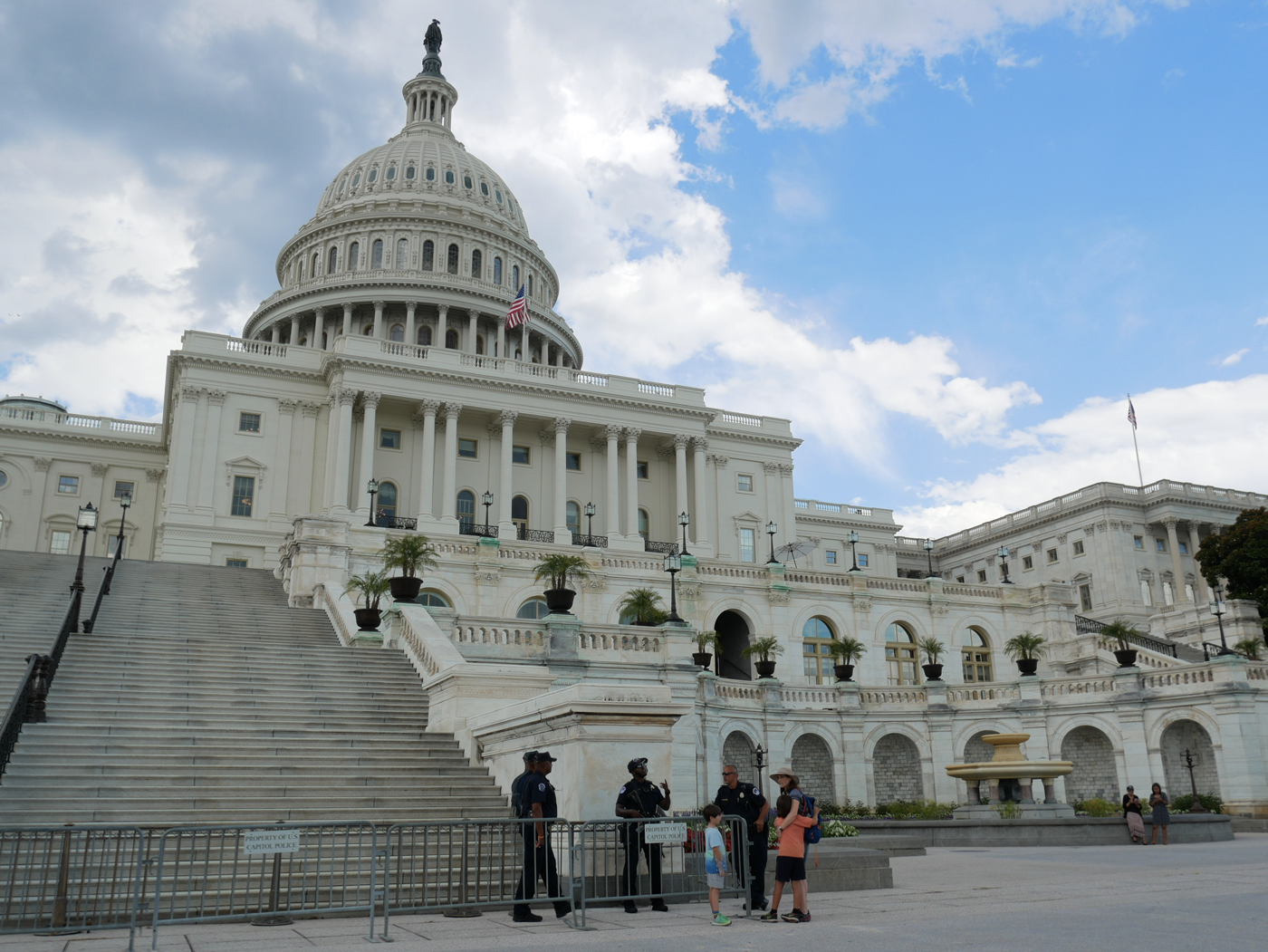
The Democrats need to flip 24 seats away from the Republicans in order to gain control of the House of Representatives. The House shares equal legislative power with the Senate, thus should the Democrats take over, Trump would lose a friendly lawmaking chamber. The legislative agenda of the President and the Republican Party would be seriously limited.
But the House of Representatives does more than legislate: it also forms committees that have the power to run investigations. The composition of these committees reflects the balance of power between the parties and thus political control of the House determines the subject and the manner of these investigations.
If House committee investigations can be used to attack politicians, they can also be run in a manner that protects them. The House Intelligence Committee, currently composed of a majority of Republicans, investigated the role that Russia played in the 2016 election and came to the conclusion that Donald Trump’s campaign had not colluded with Russia in order to influence the outcome of the election. It also came to the highly controversial conclusion that there was nothing indicating that Vladimir Putin had favored Trump, disputing the findings of the US intelligence community. In an equally partisan manner, the House Judiciary Committee began an investigation into the Department of Justice and the FBI regarding their actions during the 2016 campaign while investigating Hillary Clinton and the Russian meddling in the elections. A change in the composition of the House in November would give Democrats power over the agenda of these committees and this investigative power could be turned against the current presidential administration.
In addition to investigative power, the House holds the power of impeachment, which is the first step in the potential removal of a President from office. Impeachment by the House requires a simple majority vote. If the House votes to impeach the president, the Senate then takes on the responsibility of conducting a trial. Impeachment in the House does not mean that the president is automatically removed from office but it would certainly hurt Donald Trump politically even if the Senate does not move forward to try him. The odds of the House proceeding with Donald Trump’s impeachment would be much higher if it were to be controlled by Democrats.
The Senate: Like the House plus Advice and Consent
Senators, whose job it is to represent their entire state rather than a single district, tend to have a stronger presence in politics because they serve for six years, which gives them time to develop a stronger presence on Capitol hill and in the media.
In 2018, there are only 35 seats out of the 100 that are open to reelection. Out of those 35 seats, 26 are held by Democrats and 9 by Republicans. Since the current breakdown in the Senate is 51 Republicans to 49 Democrats3, the Democratic Party needs to gain 2 seats to take control.
Should the Senate fall into Democratic hands, the president’s power would be seriously curtailed, as happened to Barack Obama in 2014, when the Republicans took control. Because the Senate shares equal power with the House of Representatives with regards to writing laws, a change of composition would result in a curtailment of the president’s legislative agenda.
The Senate, like the House, has committees that can conduct investigations. The Senate Intelligence Committee has also been investigating the role Russia played in the 2016 presidential election. Unlike the assessment made in the House, the Senate Intelligence Committee has concluded that Russia meddled in the 2016 election in order to help Donald Trump win, confirming the assessment made by US intelligence agencies. However, the committee has not determined that Donald Trump colluded with Russia, leaving this to be determined by special counsel Robert Mueller. Should the balance of power change, and should Democrats take control of the senate, there would certainly be a change in tone in the committee which would conduct a much more aggressive investigation into Trump’s 2016 campaign.
One of the most important powers that the Constitution grants the Senate is that of Advice and Consent. The Senate has the power to either confirm or refuse any appointee the president makes, either to his own cabinet or to the judiciary: any federal judge and most importantly any appointee to the Supreme Court. It is difficult to underestimate the level to which the US Supreme Court has become a battleground between Democrats and Republicans. Because nominees serve for life, any appointee could be on the court shaping US law for the next 30 years. Some of the most important debates in US society, such as abortion for example, are determined by SCOTUS4 decisions. The Supreme Court made abortion legal in all states in 1973 (Roe v wade) and still holds the power to overturn that decision. There are other issues such as the role money plays in politics and the rights of workers to form unions that are shaped by SCOTUS. With the power of Advice and Consent, the Senate is a major hurdle for any president wanting to nominate a Supreme Court justice. In 2016, the senate, under the leadership of Mitch McConnell refused to consider Obama’s nominee Merrick Garland to replace Justice Scalia, leaving the seat open to be filled by Donald Trump’s nominee Neil Gorsuch. More recently, the battle over the nomination of Brett Kavanaugh was indicative of the importance of the political composition of the Senate to the balance in the Supreme Court; he was nominated by a narrow majority of 50 to 48 (2 Senators abstained).
The Senate would conduct the trial of the president should impeachment proceedings be started in the House. As mentioned above, the House needs a simple majority vote in order to impeach Donald Trump, the process would then go to the Senate, where the trial would occur, supervised by the chief justice of the Supreme Court (currently John Roberts). The odds of impeachment leading to the removal of the president are low: the Senate can only remove a president by a two-thirds majority, i.e. 67 votes. There seems to be no appetite on the Republican side of the aisle to remove president Trump from office, and Democrats are nowhere near controlling that number of seats. The Senate should thus not be an obstacle for the President finishing his term.
Current polls
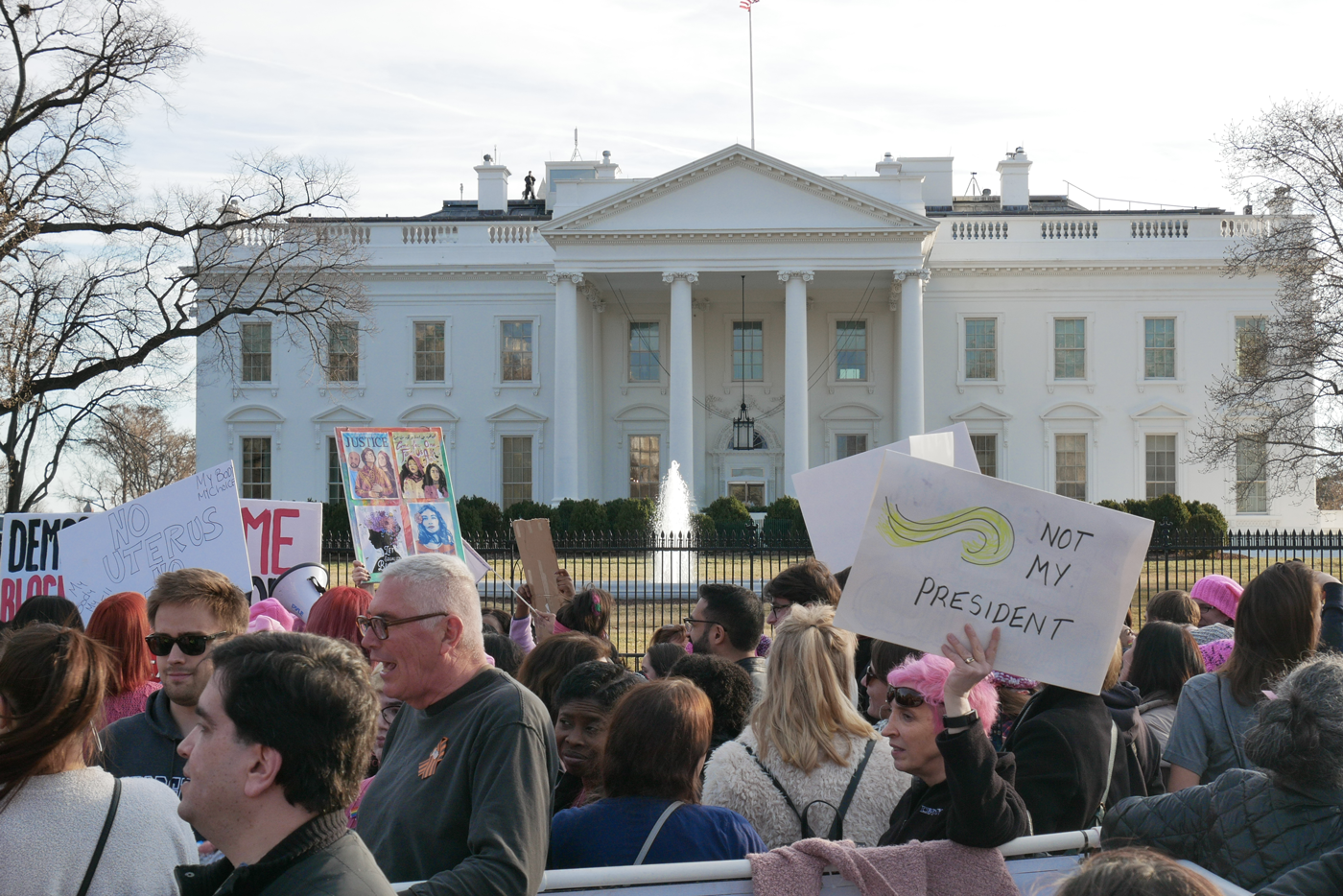
The polls seem to be pointing to a possible victory of the Democrats in the House and a victory of the Republicans in the Senate. However, the 2016 polls announced a victory by Hillary Clinton, thus they are best taken with a grain of salt. November 6 will confirm if indeed the Democratic blue wave materializes.
Having laid out the stakes of this nationwide referendum on President Trump, William McComish turns to two races that could set the tone for the next presidential election. Learn why the Gubernatorial races in Georgia and Florida matter here.
1. Super PACs are political action committees than can raise unlimited amounts of money to support the election of a candidate provided that the money does not go to the candidate’s campaign and that there is no coordination with the campaign. Because these Super PACs can receive unlimited donations from corporations, they are seen as a nefarious influence on politics to the detriment of citizens.
2. Grand Old Party, GOP in short, is a common name for the Republican Party.
3. Although to be exact, 2 out of those 49 seats are held by independents Bernie Sanders and Angus Stanley King, but they vote alongside Democrats on most issues.
4. Supreme Court of the United States




Laisser un commentaire
Soyez le premier à laisser un commentaire